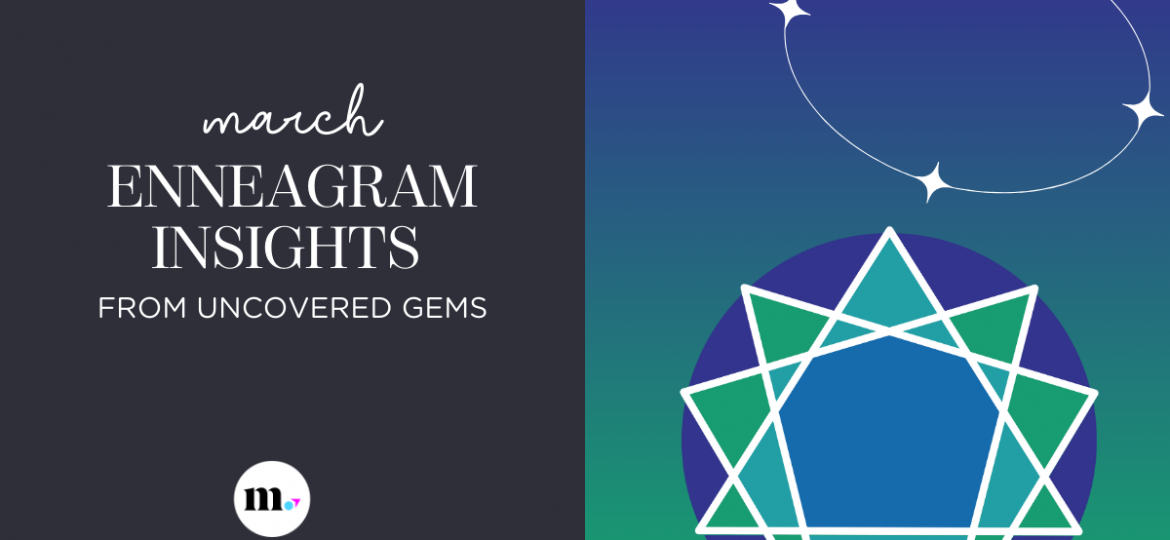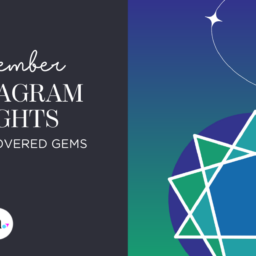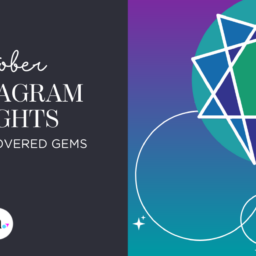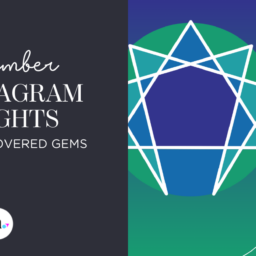
 Welcome to Indy Maven’s Enneagram column coming by way of Jenn Lisak Golding of Uncovered Gems. Check out her website for even more info from the world of Enneagram, or to book a private session.
Welcome to Indy Maven’s Enneagram column coming by way of Jenn Lisak Golding of Uncovered Gems. Check out her website for even more info from the world of Enneagram, or to book a private session.
In the past, we’ve talked about the centers of intelligence in the Enneagram and why they are important for personal growth. The centers help us understand how and where we operate (i.e., head, heart, or body), which can then help us learn more about how to tap into our secondary or dormant centers.
A connected aspect of the centers of intelligence is what we call stances. The stances in the Enneagram help us identify which center we leverage the least. Like centers, we have a default stance as well as more repressed ones. If we can learn what those stances are and why they are important, then we can take a step back to learn how to use our repressed stances more effectively.
Stances are an indication of how we process and respond to information. They are also telling in our limitations, which creates an opportunity for growth. Ultimately, when we’re operating from a place of growth, instead of defaulting to our typical stance, we can use our best judgment to use the best stance for that moment.
Stances in the Enneagram
- Against/At: Those with an against/at stance are not afraid to challenge the status quo and typically are focused on what they want/need for themselves. As the name implies, they move against what they see as barriers—whether that be people or things—to get where they want to go. This stance is the most assertive of the stances.
- Withdrawn: Those with a withdrawn stance tend to move away from other people to figure out what they want/need and how to get it. They will rely on their own thought patterns, knowledge, and research to help them find a path forward.
- Dependent/Toward: Those with a dependent/toward stance move toward others in the hopes of protecting the relationship dynamics at play. Likely focused on compliance, they’ll try to fix the problem at hand, concerned about the larger group at play, which is their ultimate want/need.
Like the centers, each Enneagram type tends to have a default stance as well:
- Threes, sevens, and eights have a default stance of against/at;
- Fours, fives, and nines have a default stance of withdrawn; and
- Ones, twos, and sixes have a default stance of dependent/toward.
Again, the stances show up differently for each type based on the core motivation. For example, while a four will withdraw in an effort to connect with their authenticity (connecting with their core motivation to be unique and significant), the nine will withdraw so that they find inner peace (connecting with their core motivation to have harmony).
Now, the tricky part is tapping into stances that likely don’t feel natural to you. First, it’s important to understand the stances and how they can each be helpful. One isn’t better than the other; they are all necessary in different ways.
Next, it’s important to identify when and where it might be appropriate to use different stances. For example, in a team environment, it might be best to leverage dependent/toward as much as possible. But let’s say that you’re having a particularly challenging health issue and your concerns are being dismissed. That might be the time to tap into the against/at stance.
Like all things in the Enneagram, once we identify our primary or default takes, we can use that information to tap into the dormant aspect of ourselves. When I was going through my Enneagram certification, we talked a lot about observing the “Fourth Way,” which is essentially fully integrating all centers, stances, etc., into our lives so that we can be more well-rounded in our approach to life. It’s the ultimate recognition of growth within ourselves.
As you continue on your own self-growth journey, remember that it’s OK to be uncomfortable during this time, and it’s also OK to be who you are! Just remember that this is certainly not a linear process and change takes time. All you need to do is have faith in your ability to evolve and continue expanding your mindset. You’ve got this, Mavens!
Jenn Lisak Golding is a certified Enneagram coach through The Art of Growth and the face behind Uncovered Gems. She is also the founder and owner of the sister brand Sapphire Strategy, a measured marketing agency. As a long-time fan of emotional intelligence, Jenn is passionate about helping individuals, teams, and leaders on their personal and professional growth journeys.
All of our content—including this article—is completely free. However, we’d love if you would please consider supporting our journalism with an Indy Maven Digital membership.

















